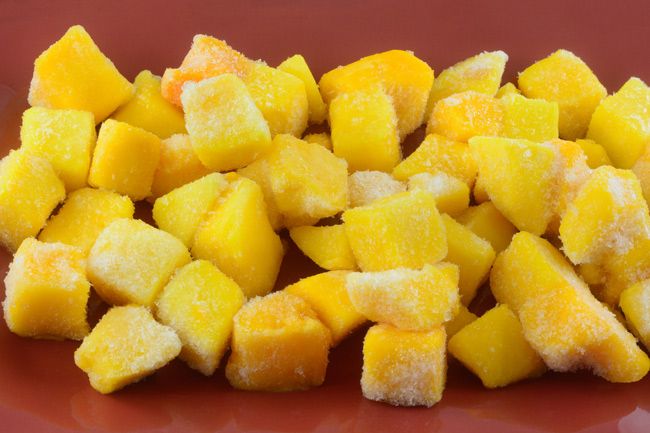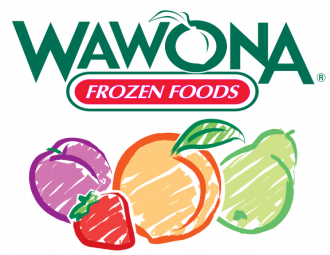What’s Up with Wawona, November 2022
It’s Pear Season! And Welcome to Our New School Sales Rep!
Now that Peach season is complete, we are shifting gears and starting to process PEARS! Wawona will looks to process nearly 900,000 to 1 million pounds this year. Those pears will be processed in our facility and will turn into either a puree or a diced cube for multi-applicational uses!
Wawona’s Sales Team is growing! We are excited to introduce Bob Landes, who is Wawona’s newest member of the School Sales Team and will be overseeing Wawona’s Texas territory. The Sales Team is comprised with foodservice, k12 and retail experts in their field! We are always wheeling and dealing and trying to get Wawona in as many stores as possible. If your local retailer doesn’t carry Wawona products, reach out to us so we can fix that!
With Thanksgiving right around the corner, our Wawona Frozen Foods family has so much to be thankful for! We want to say how thankful we are for our employees, growers, vendors, and our valued customers and consumers! We would not be where we are without all of you, and we are truly thankful!
Inventory & Inflation Continue to Impact Frozen Food Sales
Food inflation remains extremely high, consumers are feeling the impact, and they are responding by making changes to their restaurant engagement and grocery purchases.
- 81% of American households bought at least one restaurant meal in August, with the highest restaurant penetration among Gen X, at 85%. Takeout continues to be significant, with 54% having ordered meals to go.
- When purchasing groceries, 85% of consumers shopped in-person. Online shopping was nearly equally divided between click-and-collect (9%) and home delivery (6%).
- 89% remain worried about the elevated gasoline prices and 94% of consumers are concerned about food inflation.
This disruption also means ongoing change for the frozen food world. Frozen food prices on a per unit basis increased 16% in August 2022, up from +15.6% in July 2022. This meant price increases slightly ahead of the total store level of inflation. Virtually all areas within frozen experienced increases in the mid-teens. Only one area averaged single-digit inflation, being beverages, which is a smaller seller.
The BLS Consumer Price Index is pointing to some month-over-month moderation in
areas other than food. However, year-on-year, prices continue to be significantly higher with little relief in sight. Supply chain and labor challenges also continue to challenge in-stock rates and retailers’ ability to promote. Unit and volume pressure has worsened across most departments as consumers are pulling back on spending. But at the same time, it is not a universal race to the bottom, but rather a careful approach of weighing opportunities to save versus occasions and items worth the splurge.
Click here for a full report.
Frozen Fruit 101
The benefits of frozen fruit are simply endless. Frozen fruits are a convenient and delicious way to eat fruit, capitalizing on the fruit’s peak nutritional value. Here are several top benefits that come with eating frozen fruit:
- Frozen fruit is nutritious: Fruits are harvested and quickly flash-frozen within hours to lock in key nutrients, vitamins, and minerals like Riboflavin, Vitamins C & E, Magnesium, Calcium, Zinc, Copper, Iron, Fiber, and Phenolics.
- Frozen fruit reduces consumer food waste: Frozen fruit doesn’t spoil in the freezer, so this fruit can be used for long periods of time. Unused portions can be returned to the freezer to be used at a later date. This reduces food waste and saves money.
- Frozen fruit is easy to prepare: Save time prepping and cleaning by ordering pre-cut frozen fruit.
For more information, check out The American Frozen Food Institute (AFFI).








